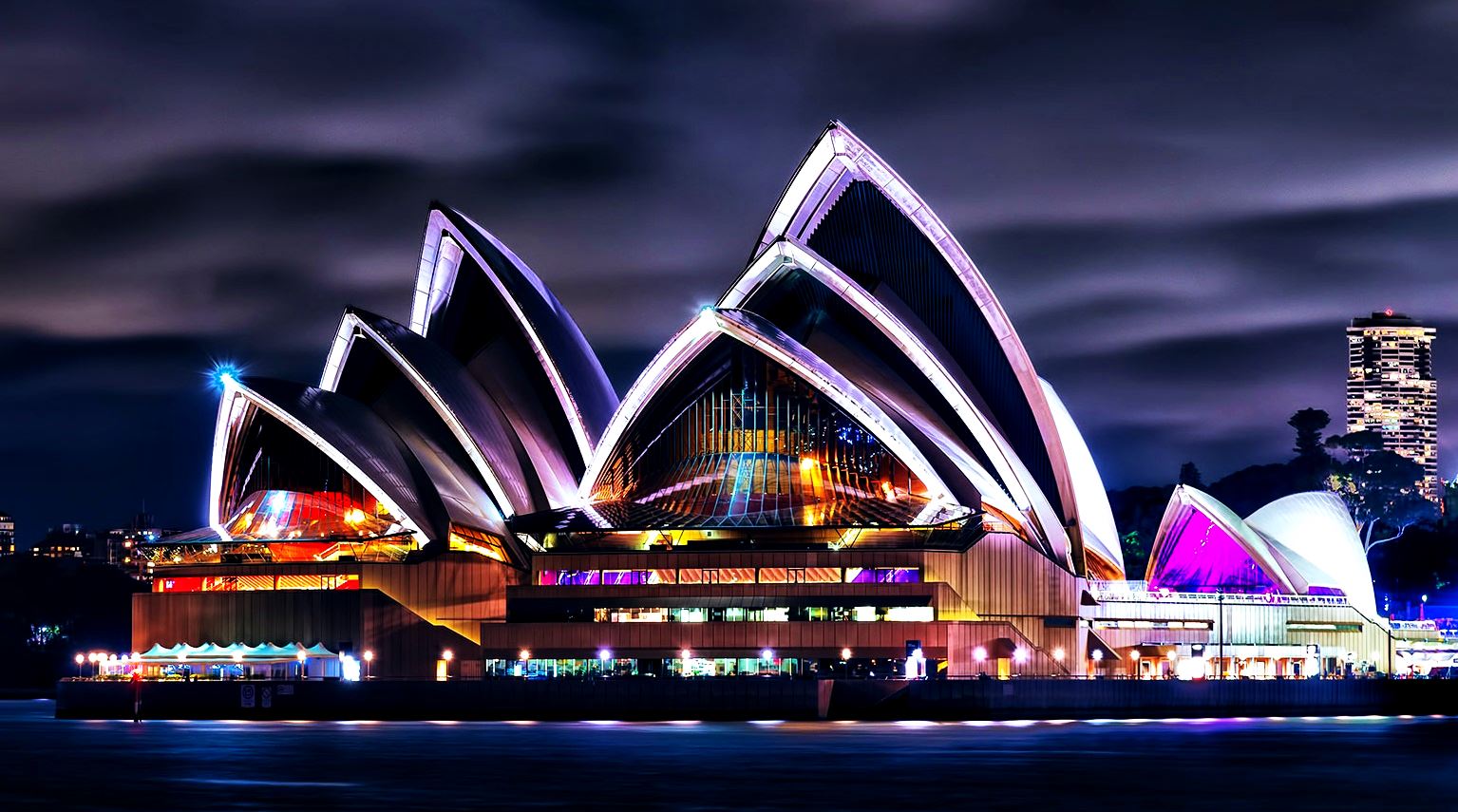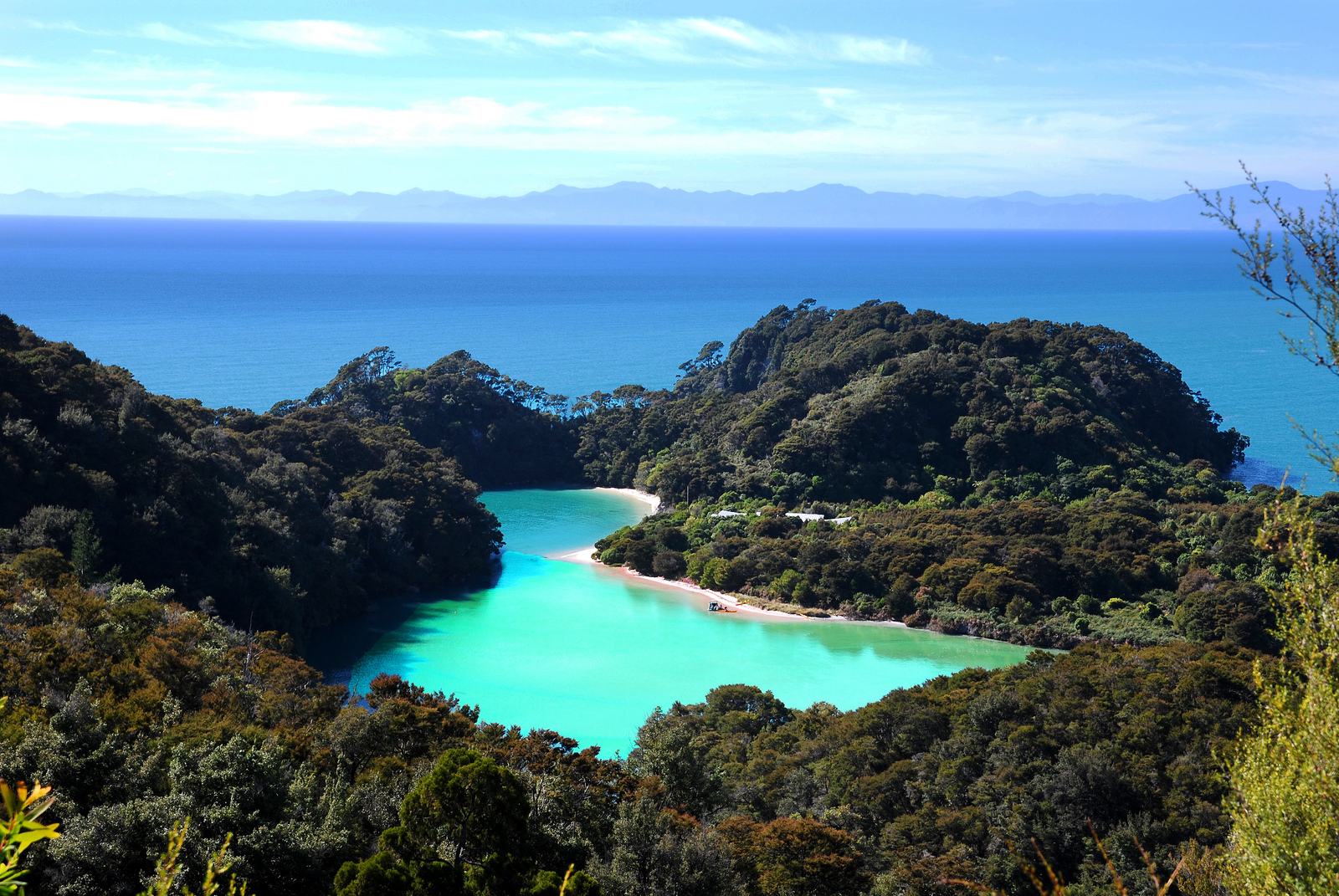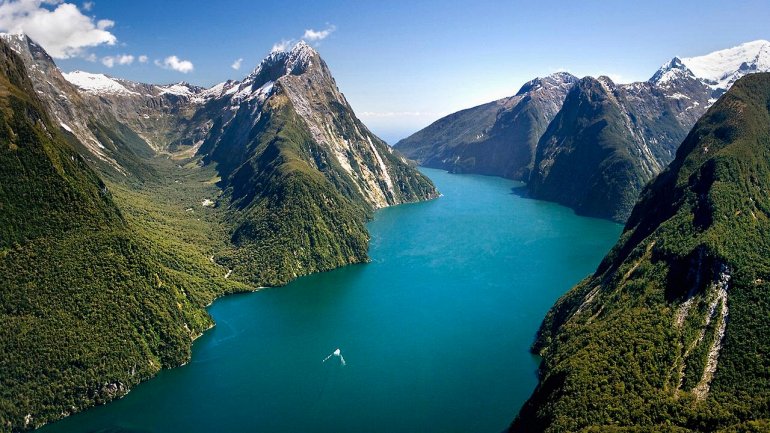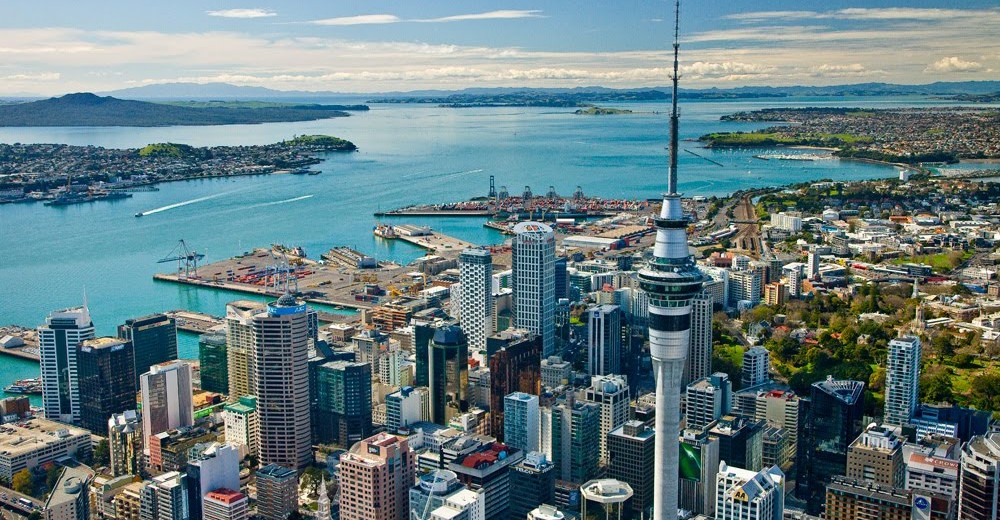

| Cruise Region : Transatlantic cruises |
| Company Category : Premium |
| Company name : Holland America Line |
| Ship name : Noordam 5* |
| Journey Start Date : Wed 26 Feb 2020 |
| Journey End Date : Thu 12 Mar 2020 |
| Port start : Sydney / Australia |
| Port end : Auckland / New Zealand |
| Count Nights : 15 nights |
| Day | Port | Date | Arrival | Departure |
|---|---|---|---|---|
| 1 | Sydney / Australia | Wed 26 Feb | 17:00 | |
| 2 | Day at sea / Sea | Thu 27 Feb | ||
| 3 | Melbourne / Australia | Fri 28 Feb | 10:00 | 18:30 |
| 4 | Day at sea / Sea | Sat 29 Feb | ||
| 5 | Tasmania (Port Arthur) / Australia | Sun 01 Mar | 07:00 | 17:00 |
| 6 | Tasmania (Hobart) / Australia | Mon 02 Mar | 21:00 | |
| 7 | Tasmania (Hobart) / Australia | Tue 03 Mar | 23:00 | |
| 8 | Day at sea / Sea | Wed 04 Mar | ||
| 9 | Day at sea / Sea | Thu 05 Mar | ||
| 10 | Fiordland National Park / New Zealand | Fri 06 Mar | ||
| 11 | Milford-Sound / New Zealand | Sat 07 Mar | 08:00 | 09:00 |
| 12 | Danidin / New Zealand | Sun 08 Mar | 09:00 | 18:00 |
| 13 | Akaroa / New Zealand | Mon 09 Mar | 07:00 | 18:00 |
| 14 | Wellington / New Zealand | Tue 10 Mar | 08:00 | 17:00 |
| 15 | Gisborn / New Zealand | Wed 11 Mar | 10:00 | 18:00 |
| 16 | Toranga / New Zealand | Thu 12 Mar | 08:00 | 23:00 |
| 17 | Whangamata / New Zealand | Fri 13 Mar | ||
| 18 | Plenty Bay / New Zealand | Sat 14 Mar | ||
| 19 | Auckland / New Zealand | Sun 15 Mar | 07:00 |
| Length : 292.00 |
| Speed : 24.00 |
| Capacity : 1918 |
| Deck Quantity : 11 |

Sydney is the state capital of New South Wales and the most populous city in Australiaand Oceania. Located on Australia's east coast, the metropolis surrounds Port Jackson and extends about 70 km (43.5 mi) on its periphery towards the Blue Mountains to the west, Hawkesbury to the north, and Macarthur to the south. Sydney is made up of 658 suburbs, 40 local government areas and 15 contiguous regions. Residents of the city are known as "Sydneysiders". As of June 2017, Sydney's estimated metropolitan population was 5,131,326, and is home to approximately 65% of the state's population.


Melbourne is the capital and most populous city of the Australian state of Victoria, and the second most populous city in Australia and Oceania. Its name refers to an urban agglomeration of 9,992.5 km2 (3,858.1 sq mi), comprising a metropolitan area with 31 municipalities, and is also the common name for its city centre. The city occupies much of the coastline of Port Phillip bay and spreads into the hinterlands towards the Dandenong and Macedon ranges, Mornington Peninsula and Yarra Valley. It has a population of approximately 4.9 million (19% of the population of Australia), and its inhabitants are referred to as "Melburnians".
The city was founded on 30 August 1835, in what was the British colony of New South Wales, by free settlers from the colony of Van Diemen’s Land. It was incorporated as a Crown settlement in 1837 and named in honour of the British Prime Minister, William Lamb, 2nd Viscount Melbourne. It was declared a city by Queen Victoria in 1847, after which it became the capital of the new colony of Victoria in 1851. In the wake of the 1850s Victorian gold rush, the city entered the "Marvellous Melbourne" boom period, transforming into one of the most important cities in the British Empire and one of the largest and wealthiest in the world. After the federation of Australia in 1901, it served as interim seat of government of the new nation until Canberra became the permanent capital in 1927. Today, it is a leading financial centre in the Asia-Pacific region and ranks 20th in the Global Financial Centres Index.


Port Arthur is a small town and former convict settlement on the Tasman Peninsula, in Tasmania, Australia. Port Arthur is one of Australia's most significant heritage areas and an open-air museum.
The site forms part of the Australian Convict Sites, a World Heritage property consisting of 11 remnant penal sites originally built within the British Empire during the 18th and 19th centuries on fertile Australian coastal strips. Collectively, these sites, including Port Arthur, now represent, "...the best surviving examples of large-scale convict transportation and the colonial expansion of European powers through the presence and labour of convicts." It is located approximately 97 kilometres (60 mi) south east of the state capital, Hobart

Hobart is the capital and most populous city of the Australian island state of Tasmania. With a population of approximately 225,000 (over 40% of Tasmania's population), it is the least populated Australian state capital city, and second smallest if territories are taken into account (after Darwin, Northern Territory). Founded in 1804 as a British penal colony, Hobart, formerly known as Hobart Town or Hobarton, is Australia's second oldest capital city after Sydney, New South Wales. Prior to British settlement, the Hobart area had been occupied for possibly as long as 35,000 years, by the semi-nomadic Mouheneener tribe, a sub-group of the Nuennone, or South-East tribe. The descendants of these Aboriginal Tasmanians often refer to themselves as 'Palawa'.

Hobart is the capital and most populous city of the Australian island state of Tasmania. With a population of approximately 225,000 (over 40% of Tasmania's population), it is the least populated Australian state capital city, and second smallest if territories are taken into account (after Darwin, Northern Territory). Founded in 1804 as a British penal colony, Hobart, formerly known as Hobart Town or Hobarton, is Australia's second oldest capital city after Sydney, New South Wales. Prior to British settlement, the Hobart area had been occupied for possibly as long as 35,000 years, by the semi-nomadic Mouheneener tribe, a sub-group of the Nuennone, or South-East tribe. The descendants of these Aboriginal Tasmanians often refer to themselves as 'Palawa'.






Akaroa is a small town on Banks Peninsula in the Canterbury region of the South Island of New Zealand, situated within a harbour of the same name. The name Akaroa is Kāi Tahu Māori for "Long Harbour", which would be spelled "Whangaroa" in standard Māori.
The town is 84 kilometres (52 mi) by road from Christchurch and is the terminus of State Highway 75. It is set on a sheltered harbour and is overlooked and surrounded by the remnants of a miocene volcano. Akaroa is entirely dependent upon rainfall on the hills.
Akaroa is a popular resort town. Many Hector's dolphins may be found within the harbour, and 'swim with the dolphins' boat tours are a major tourist attraction. In the 2013 New Zealand census, the permanent population was 624, an increase of 9.5% since 2006. The town has a high (31.3%) ratio of residents aged over 65.
Ōnuku marae, a marae (tribal meeting ground) of Ngāi Tahu and its Ōnuku Rūnanga branch, is located in Akaroa. It includes the Karaweko wharenui (meeting house).





